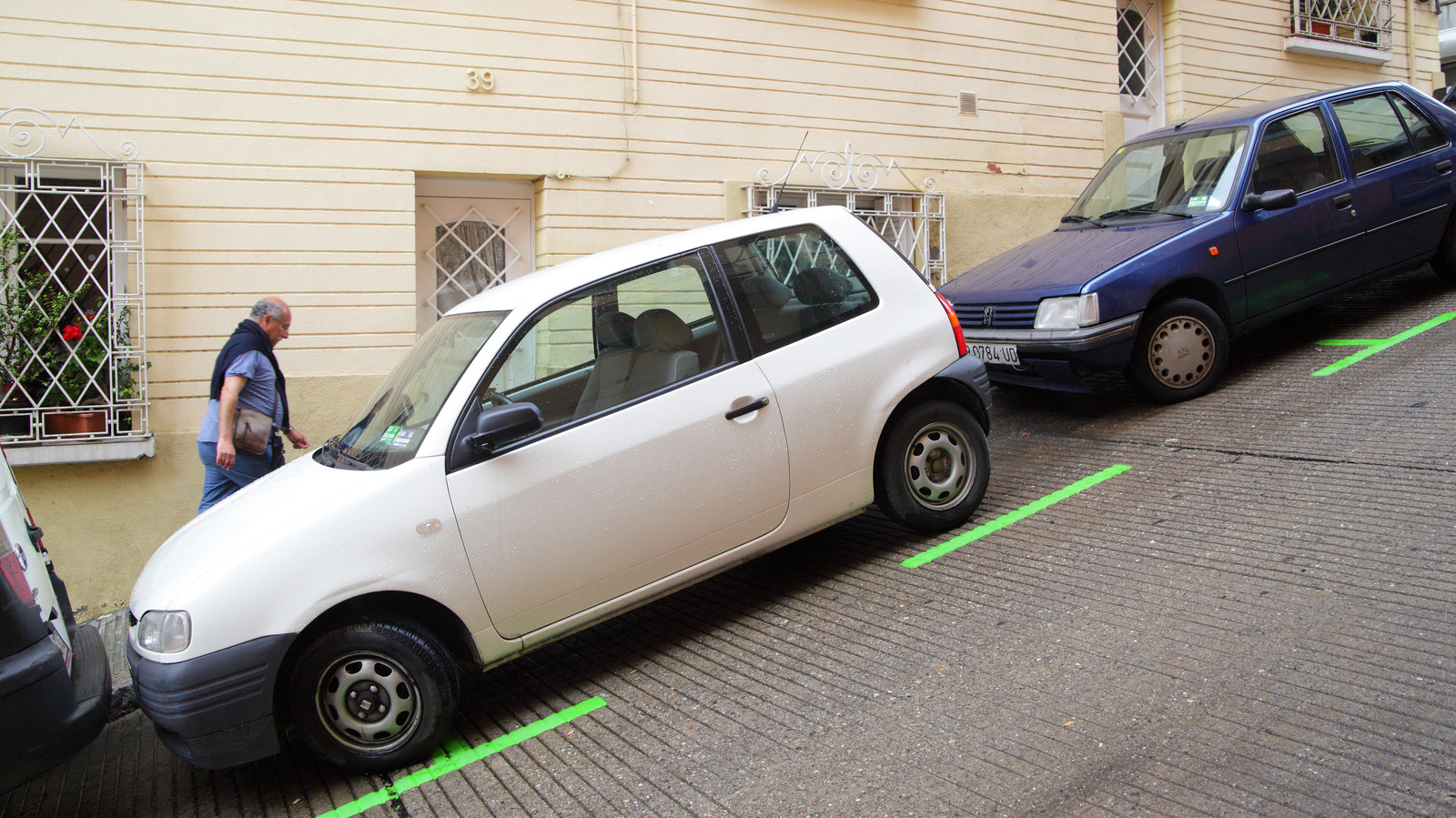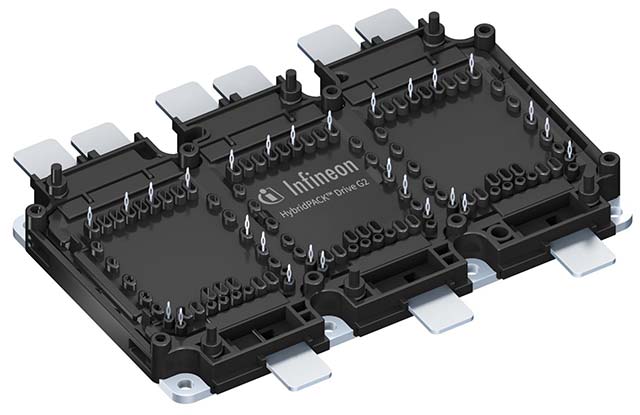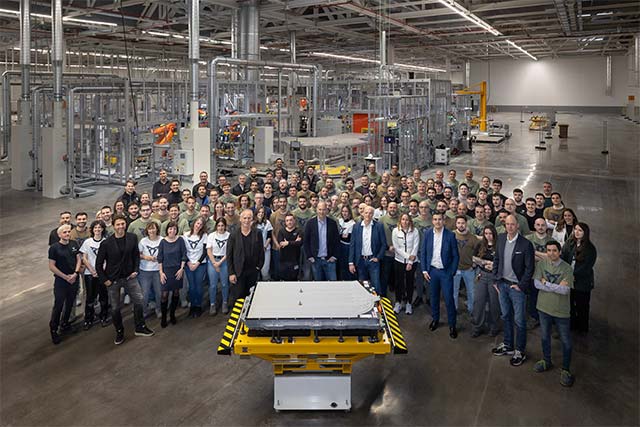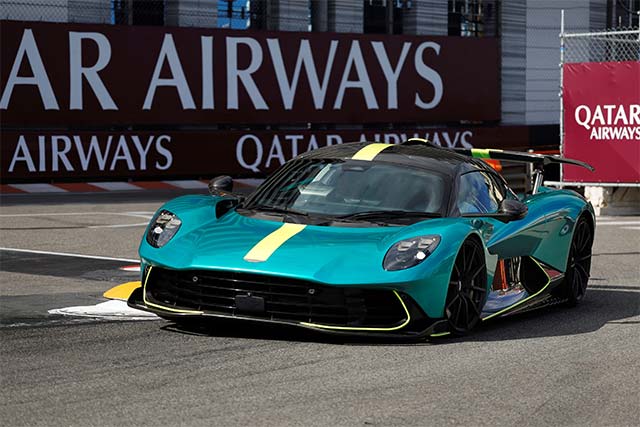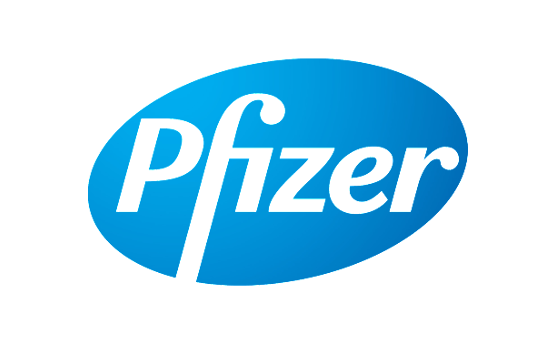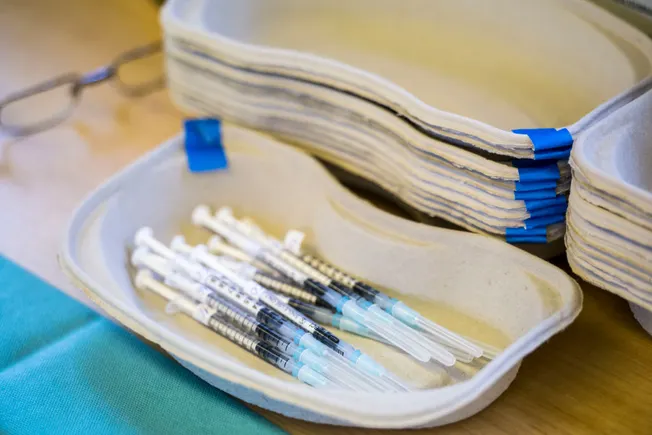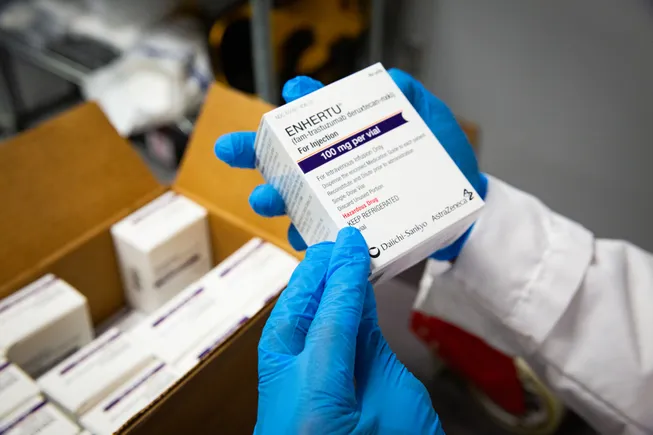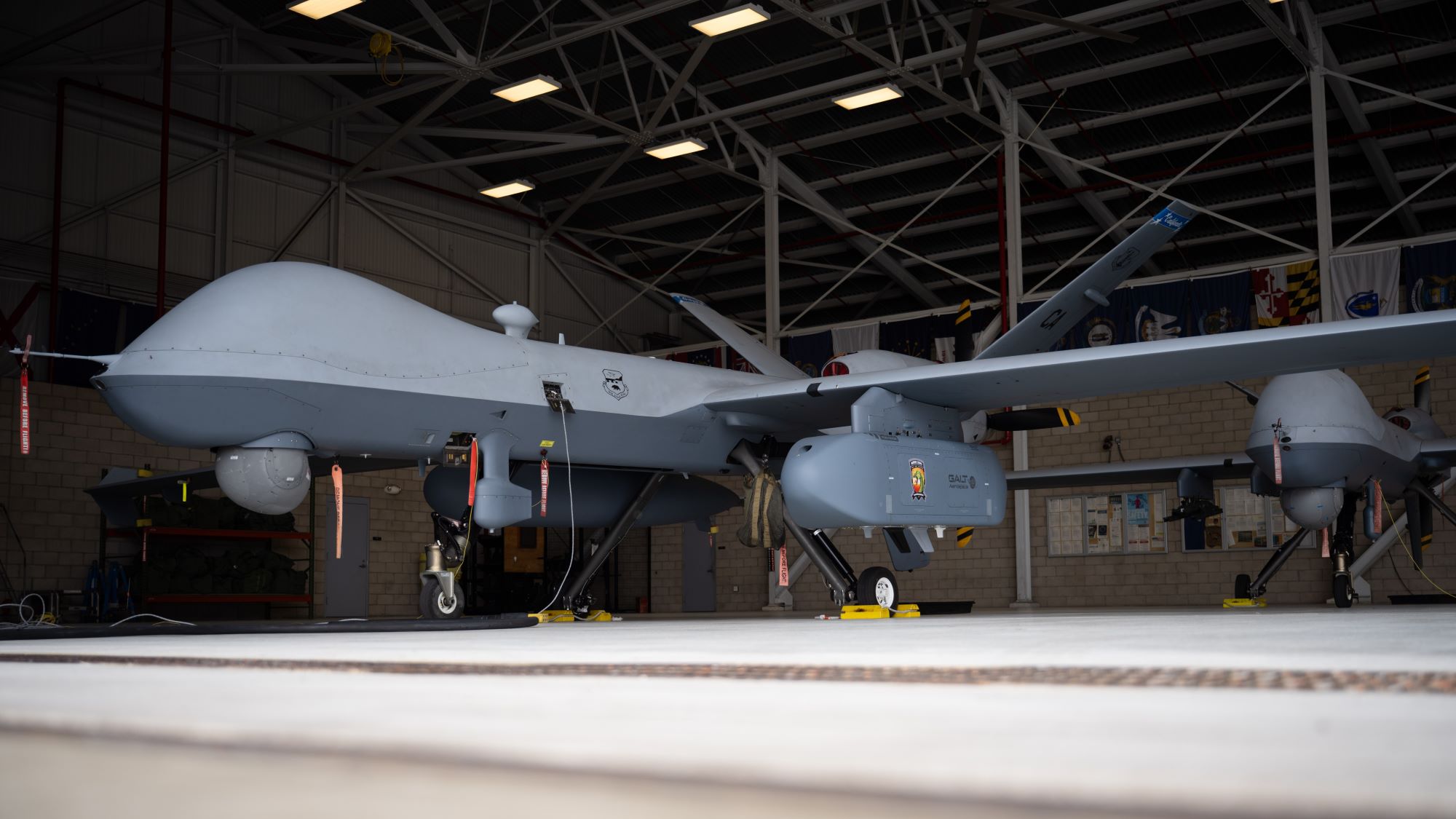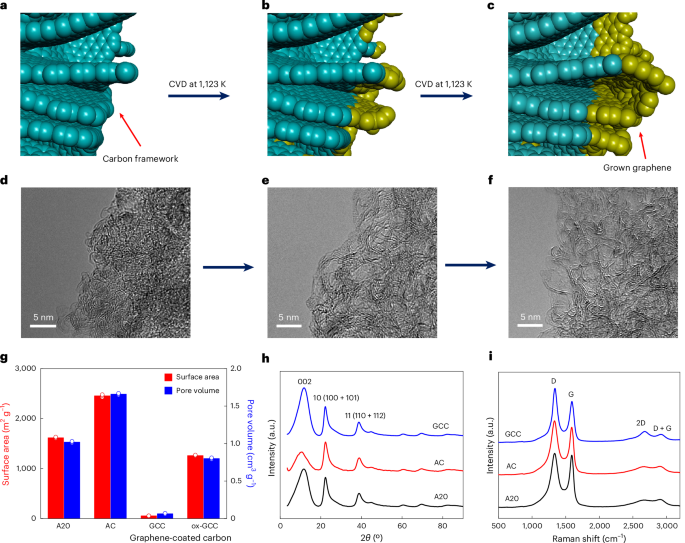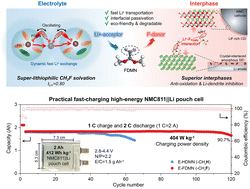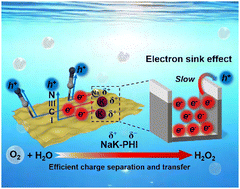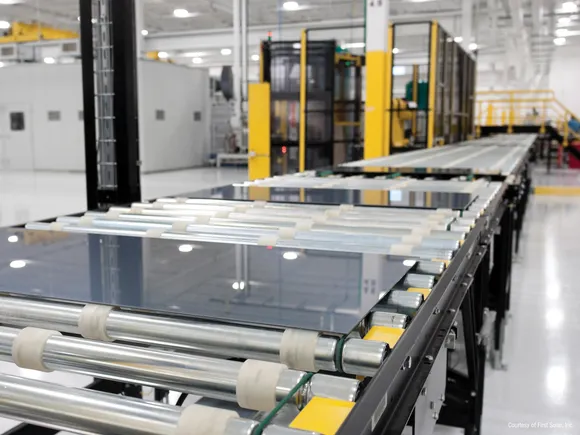Silicon Nanowire Mats Enable Advanced Bioelectrical Recordings in Primary DRG Cell Cultures
Advanced Healthcare Materials, EarlyView.

SiNW mat-based MEA (NW_MEA) enables continuous intracellular recordings from neurons in primary rat DRG cell cultures, identifying C-fiber nociceptors. Supported by an astrocyte feeder layer, SiNW mat promotes DRG neuron and glial cell growth, preserving in vivo-like cell characteristics and allowing drug-modulated activity monitoring. NW_MEA provides a novel platform for in vitro pain research, opening new avenues for preclinical and translational pharmacological studies.
Abstract
Primary dorsal root ganglion (DRG) cell cultures provide a valuable model for studying in vitro sensory transduction, neuropathies, and chronic pain, as they replicate the in vivo heterogeneity of DRG neurons and non-neuronal cells. However, traditional patch-clamp techniques are invasive and cannot capture the collective cell dynamics. While planar multielectrode arrays (MEAs) offer a non-invasive alternative, they suffer from poor cell-electrode coupling and limited resolution for identifying specific DRG neuronal types like C-fiber nociceptors, key targets in chronic pain research. This work demonstrates that silicon nanowire (SiNW) mat-based MEAs, while maintaining their reduced invasiveness, enable continuous intracellular recordings from neurons in primary rat DRG cell cultures. Supported by a cortical astrocyte feeder layer, SiNW mats promote DRG neuron and glial cell growth preserving cells’ in vivo morphological and functional characteristics. Integrated into a compartmentalized MEA, they enable reliable recordings of drug-modulated neuronal activity alongside a baseline related to the astrocyte layer. The recorded signals exhibit characteristics of intracellular action potentials, suggesting spontaneous intracellular access by SiNWs. Distinct electrophysiological signatures allow identifying C-fiber nociceptors, as confirmed by patch-clamp measurements. This platform represents a powerful tool for investigating in vitro pain mechanisms, with potential applications in preclinical pain research and pharmacological translational studies.













